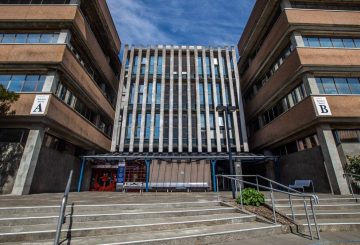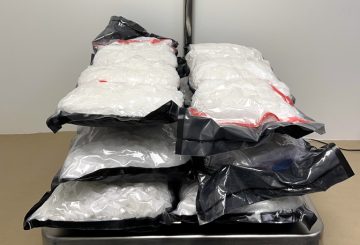테쿠이티 (Te Kuiti) 출신의 17세 소년이었는데, 해군 함선 갑판에 올라타라는 명령을 받았을 때 등을 바다를 향하고 앉으라는 지시를 받았습니다.그와 그의 동료들은 검은 안경을 쓰고 극도로 부적절한 보호 장비를 착용했습니다.그러다가 수소폭탄의 섬광으로 인해 손에 든 뼈가 터지는 것을 보았습니다.
Tahi는 십대 때 해군에 입대하여 1958년 영국이 수소 폭탄을 시험하는 것을 목격한 뉴질랜드 선박 두 척 중 하나인 로토이티 (Rotoiti) 호에 주둔했습니다.이러한 검사의 유산은 검사를 본 사람과 가족을 통해 물려받은 사람들에게 계속 영향을 미치고 있습니다.
타히는 현재 뉴질랜드 핵실험 참전용사협회의 회장을 맡고 있으며, 방사능 노출로 피해를 입은 참전용사들과 그 가족들을 돕기 위해 노력하고 있다.
군 복무 후유증으로 고통받는 사람들에 대한 인정 부족은 베트남 전쟁까지 계속되었습니다.
영국 선원들도 참석하여 인정을 받기 위해 같은 전쟁을 벌이고 있습니다.
1956년부터 1962년까지 약 2만 명의 영국 군인, 524명의 뉴질랜드 군인, 300명의 피지 군인이 “크리스마스 아일랜드”에 배치되었습니다.
크레딧: radionz.co.nz




























































